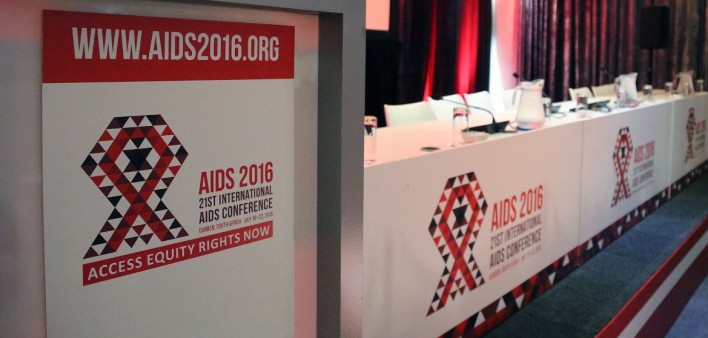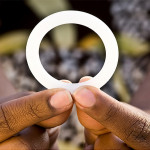Being a young person at the 2016 International AIDS Conference in Durban, South Africa, I have heard a lot about how the global fight back against AIDS has failed to reach young people and has any meaningful impact on adolescents, and for me there were immediately some glaringly obvious reasons why this might be the case.
One of the big problems that those leading the fight against HIV/AIDS have with reaching the youth is the fact that they view us as exactly that; ‘the youth,’ a singular entity that includes anyone between the ages of 13-25. For example, watching a panel on innovation, the host was delighted to announce how there was a young person on the panel, a musician in his mid-20s called David. But looking at this, I thought to myself that this grouping is where the problem lies. The assumption that a 20-year-old is exactly the same and has the same forms of communication as somebody who is 15 is a real error of understanding.
U.S. HIV/AIDS ambassador Debbie Birx summed up the problem well when she explained how the world moves so fast that each age group has a completely different experience to the next. It is not just the major communication changes, such as mail to email, but year-to-year distinctions. For example, while several years ago a teenager’s social life may have revolved solely around Facebook, the major social innovation over the last two years has been Snapchat (which in itself is constantly evolving with the addition of personal and news based Snapchat stories) and in a matter of weeks both have been dwarfed by the arrival of Pokémon Go, which takes up far more of my time and interest than both combined. The platforms that young people live on are constantly changing, and this for me is something that has to be grasped in order to successfully communicate with us in any meaningful way.
While I feel that constantly adapting the way that the global AIDS response tries to reach young people is key, I must make it clear that this will not work, but rather will backfire, if they go about this in the wrong way. While in Durban I witnessed an exemplar of how not to try and reach young people, when on one of the booths that litter the exhibition centre, was a mock WhatsApp chat between a group of young people discussing the product. I won’t go into detail about what was said, but the conversation was so horrendously awkward and unrealistic that it was laughable, along with language which seemed as if it had been found halfway through a “parents’ guide to modern slang,” and to top it all off, the formatting had been done so blatantly incorrectly that it made it clear that the designers had never been part of a group WhatsApp chat in their life.
Seeing this made it clear to me that the issue wasn’t simply in keeping up with the forms of youth communication, but the style as well. For me, someone who uses his own age-specific lingo constantly, an adult attempting to mimic this style stands out just as if they were trying to speak a foreign language that they had only just begun to learn.
If the HIV/AIDS world really wants to speak to young people in specific areas in a way that is familiar to them, they need to bring in experts just like they would with any other outreach project: us. They need to bring in people of the ages they are trying to target to advise them on how young people interact, so that when they try to relate to young people, it is done in an authentic and effective way, results which can only be brought out by taking advice from 14,15,16,17-year-olds and all the rest. Because, until they really start to listen to us, we won’t be able to listen to them.
Covi Franklin is the child of Georgia Arnold, the senior vice president of social responsibility at Viacom International Media Networks and the executive director of the MTV Staying Alive Foundation. This article was originally published on the MTV Staying Alive Foundation website.







Comments
Comments